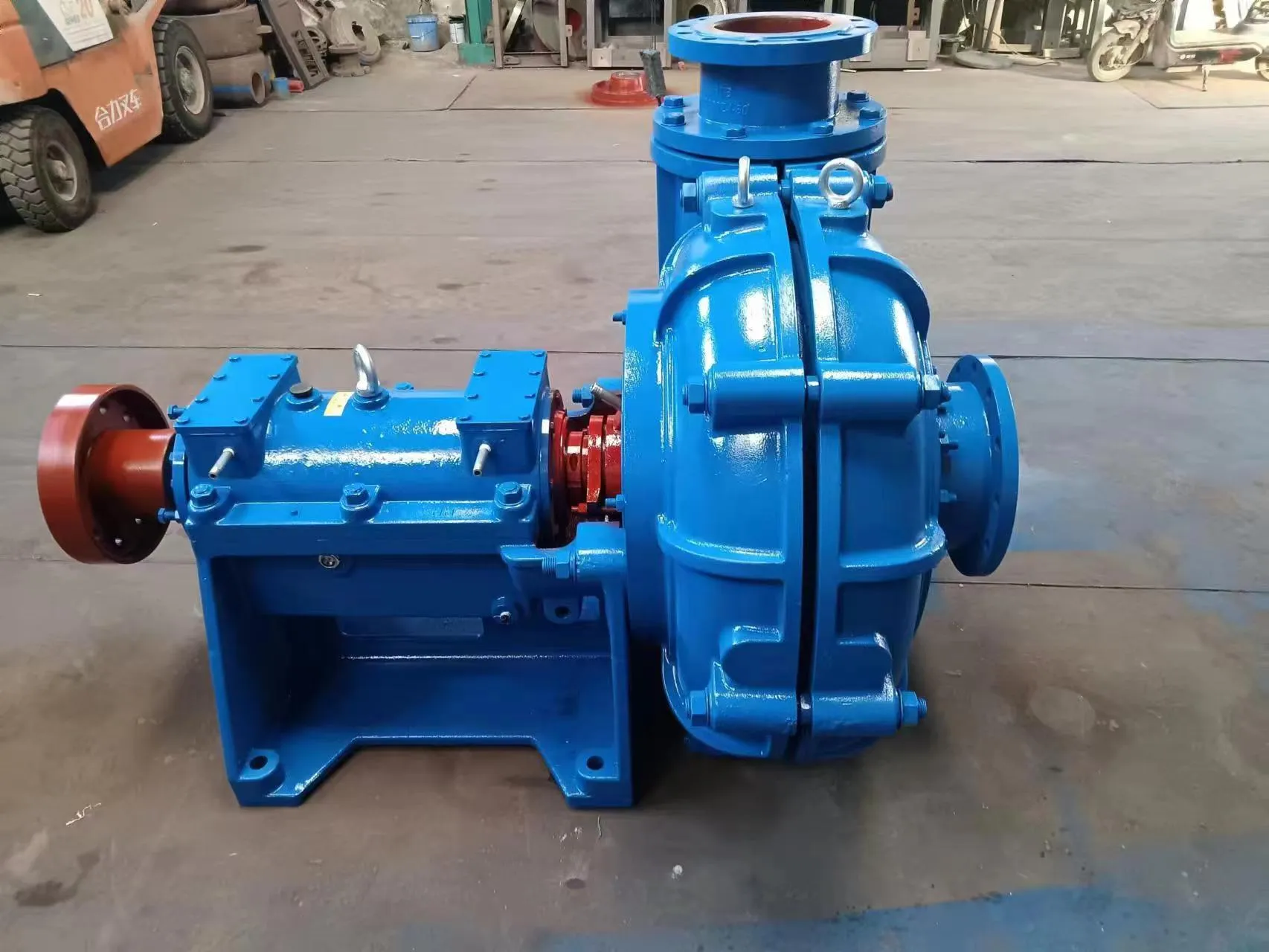English
- Afrikaans
- Albanian
- Amharic
- Arabic
- Armenian
- Azerbaijani
- Basque
- Belarusian
- Bengali
- Bosnian
- Bulgarian
- Catalan
- Cebuano
- Corsican
- Croatian
- Czech
- Danish
- Dutch
- English
- Esperanto
- Estonian
- Finnish
- French
- Frisian
- Galician
- Georgian
- German
- Greek
- Gujarati
- Haitian Creole
- hausa
- hawaiian
- Hebrew
- Hindi
- Miao
- Hungarian
- Icelandic
- igbo
- Indonesian
- irish
- Italian
- Japanese
- Javanese
- Kannada
- kazakh
- Khmer
- Rwandese
- Korean
- Kurdish
- Kyrgyz
- Lao
- Latin
- Latvian
- Lithuanian
- Luxembourgish
- Macedonian
- Malgashi
- Malay
- Malayalam
- Maltese
- Maori
- Marathi
- Mongolian
- Myanmar
- Nepali
- Norwegian
- Norwegian
- Occitan
- Pashto
- Persian
- Polish
- Portuguese
- Punjabi
- Romanian
- Russian
- Samoan
- Scottish Gaelic
- Serbian
- Sesotho
- Shona
- Sindhi
- Sinhala
- Slovak
- Slovenian
- Somali
- Spanish
- Sundanese
- Swahili
- Swedish
- Tagalog
- Tajik
- Tamil
- Tatar
- Telugu
- Thai
- Turkish
- Turkmen
- Ukrainian
- Urdu
- Uighur
- Uzbek
- Vietnamese
- Welsh
- Bantu
- Yiddish
- Yoruba
- Zulu
Telephone: +86 13120555503
Email: frank@cypump.com
Dec . 05, 2024 23:57 Back to list
Selecting the Right Pump for Your Septic System Needs and Maintenance Tips
The Importance of a Properly Sized Pump for Septic Systems
A well-functioning septic system is vital for maintaining a safe and sanitary environment in homes that are not connected to municipal sewer lines. Central to this system is the pump, which plays a crucial role in transporting wastewater from the septic tank to the drain field. However, many homeowners underestimate the importance of selecting the correct pump size, which can lead to various problems down the line.
Understanding Septic Systems
Before diving into the specifics of pump sizing, it’s essential to understand the components of a septic system. The primary elements include the septic tank, the drain field, and the pump. Wastewater flows from the house into the septic tank, where solids settle to the bottom and liquids rise to the top. Bacteria in the tank break down the solids over time. The treated liquid then moves to a drain field where it can percolate into the soil, further filtering out contaminants.
In some situations, particularly with properties that have a high groundwater table or are located at a higher elevation, a pump is necessary to ensure that wastewater can flow out of the tank and into the drain field.
Choosing the Right Pump Size
Selecting a pump involves understanding several factors, such as the size of the septic tank, the type of wastewater generated, and the distance the water needs to be moved. A pump that is too small won’t be able to handle the volume of wastewater, leading to backup and potential system failure. Conversely, an oversized pump may create unnecessary pressure on the system, causing wear and tear that can lead to costly repairs.
To determine the appropriate size of the pump, homeowners should consider the following
1. Daily Flow Estimate the daily wastewater flow from your household. This includes water from sinks, showers, toilets, and appliances like washing machines and dishwashers. A family of four typically generates between 200 to 400 gallons of wastewater each day.
pump for septic

2. Head Pressure Head pressure is the height that the pump needs to lift the wastewater. If your septic system requires the pump to move wastewater uphill, understanding the total dynamic head (TDH) is crucial. This includes both static head (the height difference) and dynamic losses (friction loss in pipes).
3. Pump Type There are different types of pumps suitable for septic systems, including effluent pumps and solids handling pumps. Effluent pumps are designed to handle liquid waste, while solids handling pumps can manage larger particles. The choice between these will additionally affect the size needed.
4. Local Regulations Always check local codes and regulations regarding septic systems. They may dictate specific requirements for pump sizing and installation.
Maintenance of Your Septic Pump
Once the correct pump has been chosen and installed, regular maintenance is essential to ensure its longevity and efficiency. Homeowners should periodically check the pump for any signs of wear, such as unusual noises or decreased performance. Cleaning the pump and tank at regular intervals can prevent clogs and backups.
Additionally, it’s important not to overload your system with non-biodegradable materials, which can strain the pump and the entire system. Being mindful of what goes down the drain can make a significant difference.
Conclusion
In summary, investing time and resources in selecting the right pump for a septic system is crucial for its efficient operation. A properly sized pump ensures that wastewater is effectively transported from the septic tank to the drain field, protecting the environment and maintaining public health. Homeowners should work closely with professionals during installation and remain proactive in maintenance, ultimately safeguarding their septic system for years to come.
-
ISG Series Vertical Pipeline Pump - Chi Yuan Pumps Co., LTD.|High Efficiency, Energy Saving, Low Noise
NewsJul.30,2025
-
ISG Series Vertical Pipeline Pump- Chi Yuan Pumps|High Efficiency&Low Noise
NewsJul.30,2025
-
ISG Series Vertical Pipeline Pump-Chi Yuan Pumps Co., LTD.|High Efficiency&Energy Conservation
NewsJul.30,2025
-
ISG Series Vertical Pipeline Pump - Chi Yuan Pumps Co., LTD.|Advanced Hydraulic Design&Energy-Efficient Solutions
NewsJul.30,2025
-
ISG Series Vertical Pipeline Pump - Chi Yuan Pumps Co., LTD.
NewsJul.30,2025
-
ISG Series Vertical Pipeline Pump - Chi Yuan Pumps Co., LTD.|energy-efficient fluid handling&industrial durability
NewsJul.30,2025










